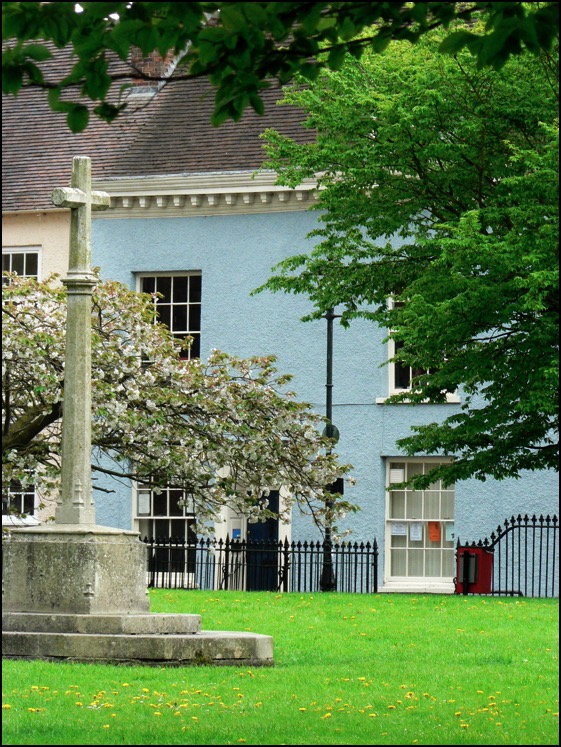Layby of the week:
The Whitcliffe, Ludlow, Shropshire
Wednesday, 02 February, 2011.
One of the most confident and interesting towns in England, the hilltop town of Ludlow seemingly has it all. A little to the south of the confluence of two beautiful rivers - the Corve joins the Teme here in a meandering valley overlooked by a stunning castle perched on a high promontory - Ludlow has a medieval street layout, nearly 500 listed buildings and is nestled among the hills of Shropshire. The landscape around Ludlow has driven local interest in the environment for over a century. In 1833, a group of doctors, clergymen and others interested in the latest advances in the field of ‘natural philosophy’ set up one of the world’s first natural history societies. They collected specimens and fossils in their Victorian way, created a museum and wrote up their findings and discoveries.
Into this cosy club one day strode Sir Rodney Impey Murchison. He established an entire geological system around the hills of Shropshire aided in no small part by some very gifted and knowledgeable local amateur scientists, all of whom he singularly forgot to credit. This is still spoken of in Ludlow.
This view of the town from the west - the Whitcliffe side of town where the doctors and clergymen of the natural history society passed on some of their discoveries to Murchison - shows the castle to the left and the Perpendicular-style tower of the magnificent St Laurence Church, known with almost tiresome grandeur as The Cathedral of the Marches, just left of centre. A little to the right of centre, on the horizon, is Titterstone Clee Hill.
View Larger Map
The poet A E Housman’s ashes are scattered under a cherry tree in the peaceful yard of St Laurence’s Church in Ludlow.

Into this cosy club one day strode Sir Rodney Impey Murchison. He established an entire geological system around the hills of Shropshire aided in no small part by some very gifted and knowledgeable local amateur scientists, all of whom he singularly forgot to credit. This is still spoken of in Ludlow.
This view of the town from the west - the Whitcliffe side of town where the doctors and clergymen of the natural history society passed on some of their discoveries to Murchison - shows the castle to the left and the Perpendicular-style tower of the magnificent St Laurence Church, known with almost tiresome grandeur as The Cathedral of the Marches, just left of centre. A little to the right of centre, on the horizon, is Titterstone Clee Hill.
View Larger Map
The poet A E Housman’s ashes are scattered under a cherry tree in the peaceful yard of St Laurence’s Church in Ludlow.

blog comments powered by Disqus
